Your cart is currently empty!
Tag: Sustainable Practices
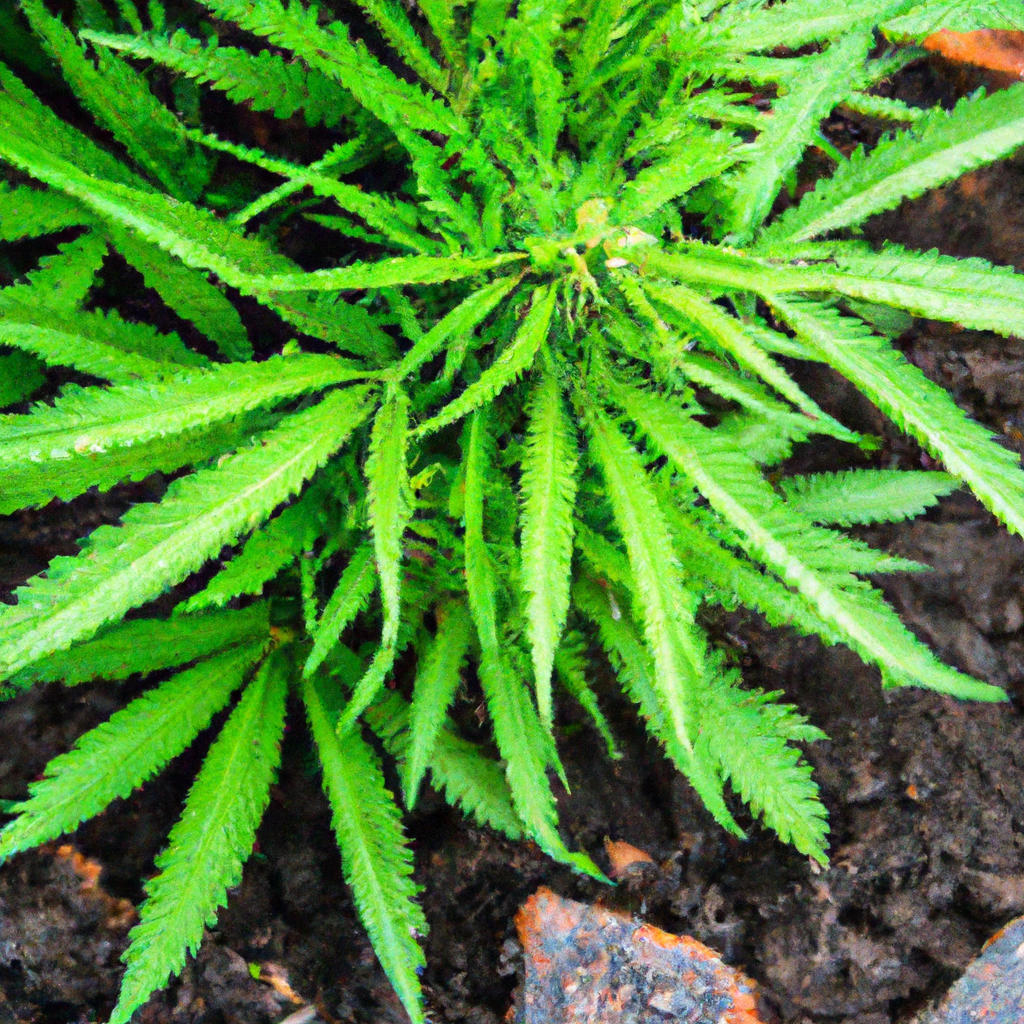
Organic cannabis cultivation emphasizes a sustainable approach that benefits both the environment and consumers by using natural fertilizers, composting techniques, and organic pest control. Key practices include building healthy soil ecosystems through composting and companion planting, employing natural fertilizers and pest control methods, and adopting sustainable practices like water conservation and energy efficiency. This approach…

Consumers are increasingly demanding organically grown cannabis for its health and environmental benefits. This blog post delves into the best organic cultivation practices, focusing on natural fertilizers, pest management, and soil health. Natural fertilizers like compost and manure enrich the soil without environmental contamination. Organic pest control methods, such as using beneficial insects and neem…
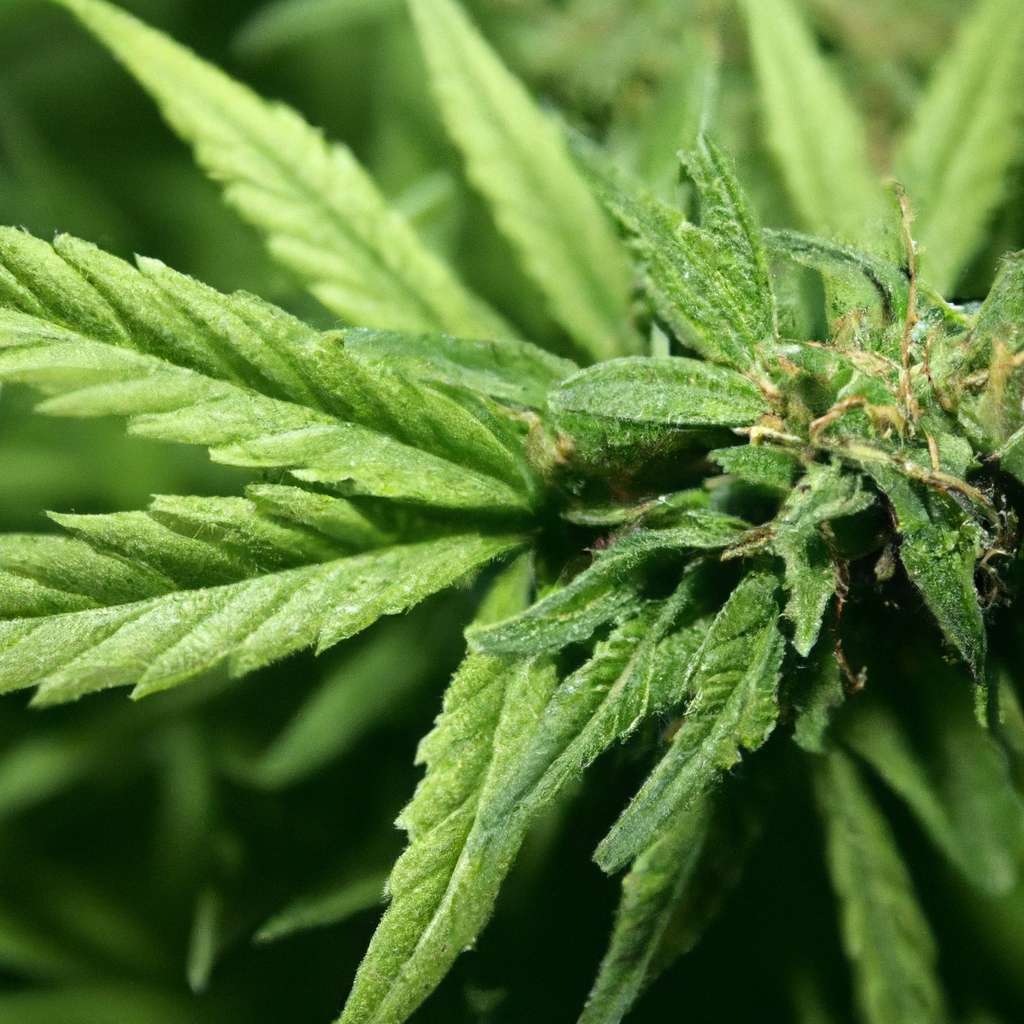
Cannabis, traditionally noted for its psychoactive and medicinal uses, is now being explored as a promising source for biofuels, offering environmental advantages such as reduced carbon emissions and a renewable supply. Cannabis, particularly hemp, provides valuable cellulose for bioethanol and oils for biodiesel. Although it presents opportunities for rural development and sustainable energy, challenges like…
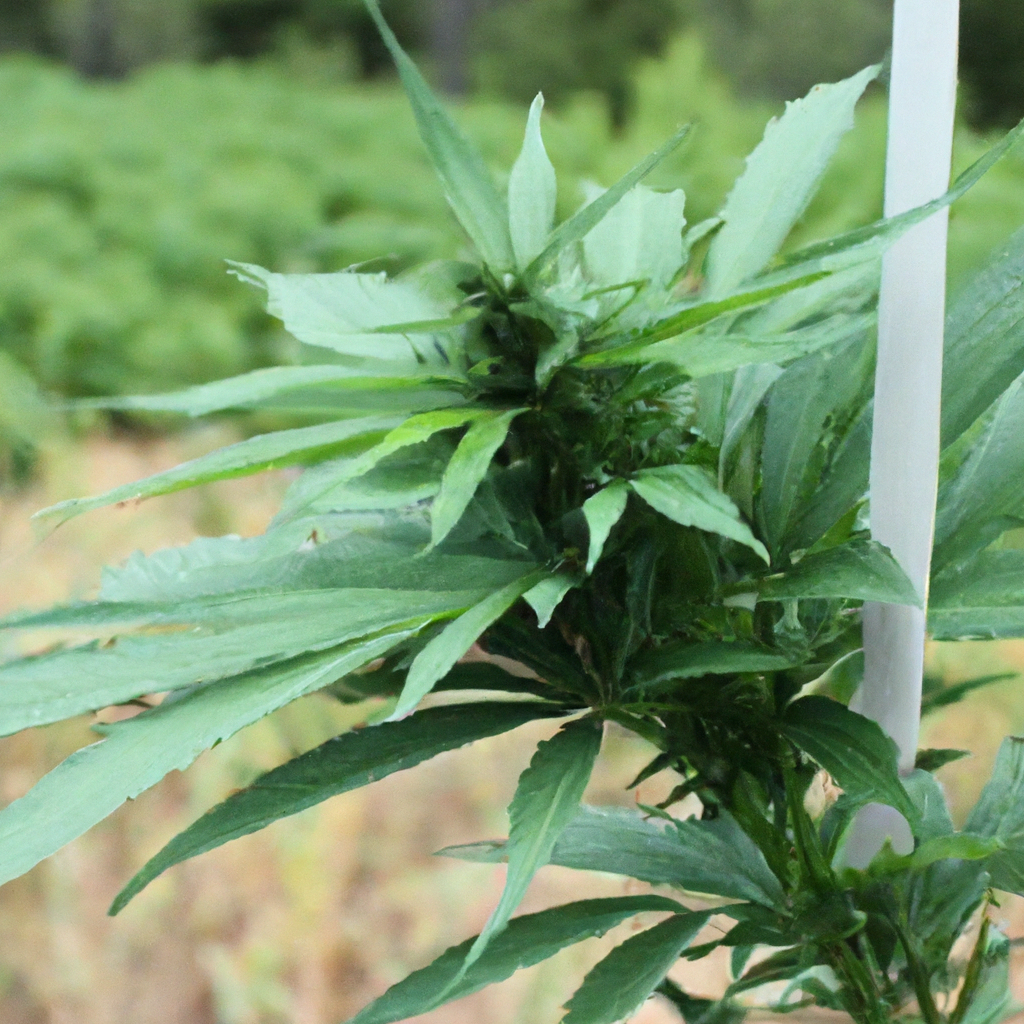
Organic cannabis cultivation focuses on achieving pure and sustainable growth by leveraging natural practices, which benefit both the plants and the ecosystem. Key strategies include developing nutrient-rich soil through composting, cover crops, and crop rotation; using natural fertilizers like bone meal, fish emulsion, and seaweed extract; and employing eco-friendly pest control methods, such as companion…

Staking is an often overlooked but crucial technique in cannabis cultivation, enhancing both plant health and yield by providing structural support and maximizing light exposure. This blog post delves into the essentials of effective staking, from selecting the right materials like bamboo or metal to strategically placing and securing stakes for optimal plant support. By…
Organic cannabis cultivation enhances product quality while being environmentally sustainable by using natural fertilizers, composting, and holistic pest control practices. Key strategies include using compost tea, animal-based fertilizers, and bone and blood meals for nutrient-rich soil, along with cover crops and mulching to build a robust ecosystem. Natural pest control uses companion planting, neem oil,…

Cannabis cultivation is rapidly advancing through the incorporation of smart agriculture—an approach that uses technology like sensors, big data, and IoT devices to optimize farming practices. This integration offers benefits such as increased efficiency, sustainability, improved crop quality, and scalability. Future advancements in AI and machine learning are expected to drive further innovation, potentially leading…
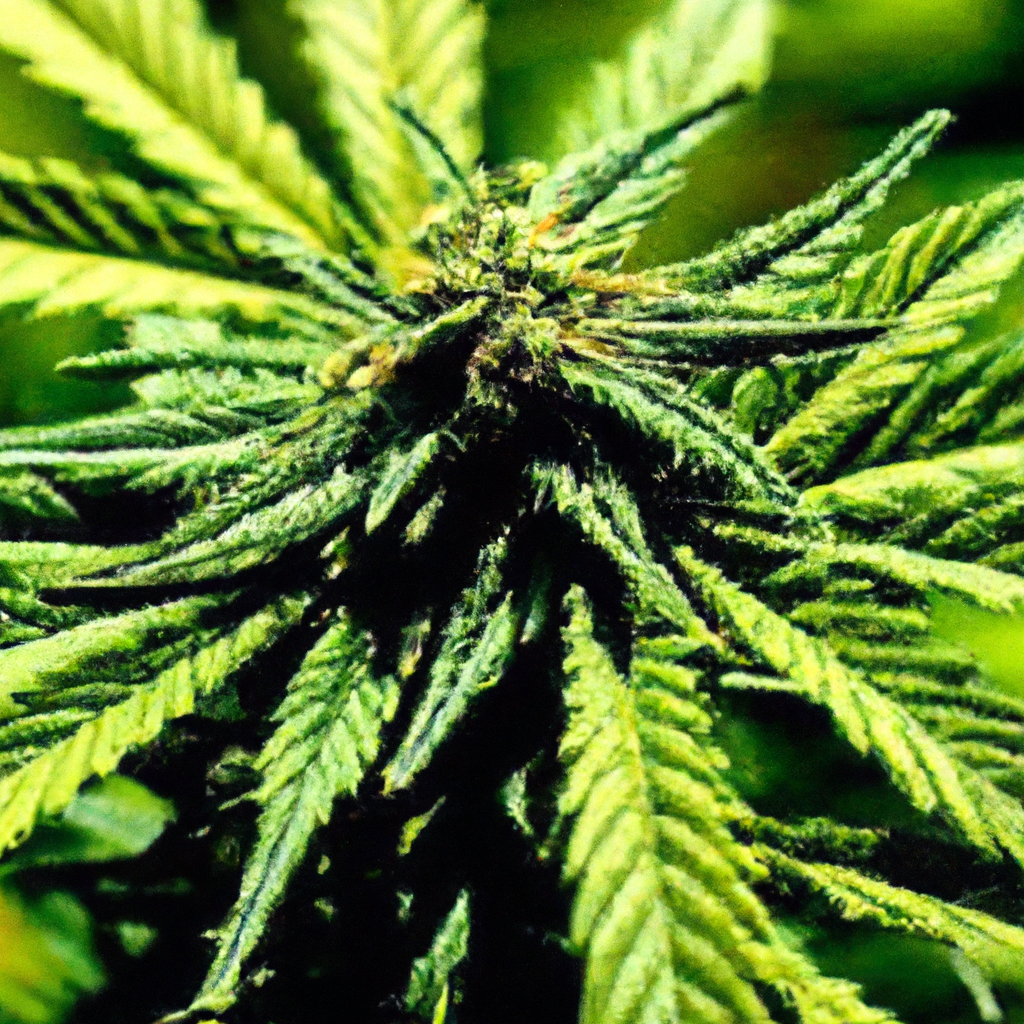
Organic cannabis cultivation offers significant benefits for both the environment and the quality of the cannabis consumed. By developing a healthy soil ecosystem, using natural fertilizers, and implementing organic pest control methods, growers can produce cannabis that is free from synthetic chemicals and more environmentally sustainable. This approach not only protects local ecosystems but also…

As the cannabis industry expands globally, focusing on sustainability is crucial. Sustainable cannabis cultivation reduces environmental impact and enhances product quality through natural fertilizers, efficient watering techniques, and renewable energy use. Innovative methods like vertical farming, integrated pest management, and closed-loop systems are reshaping the sector. The case of Green Fields exemplifies how adopting sustainable…
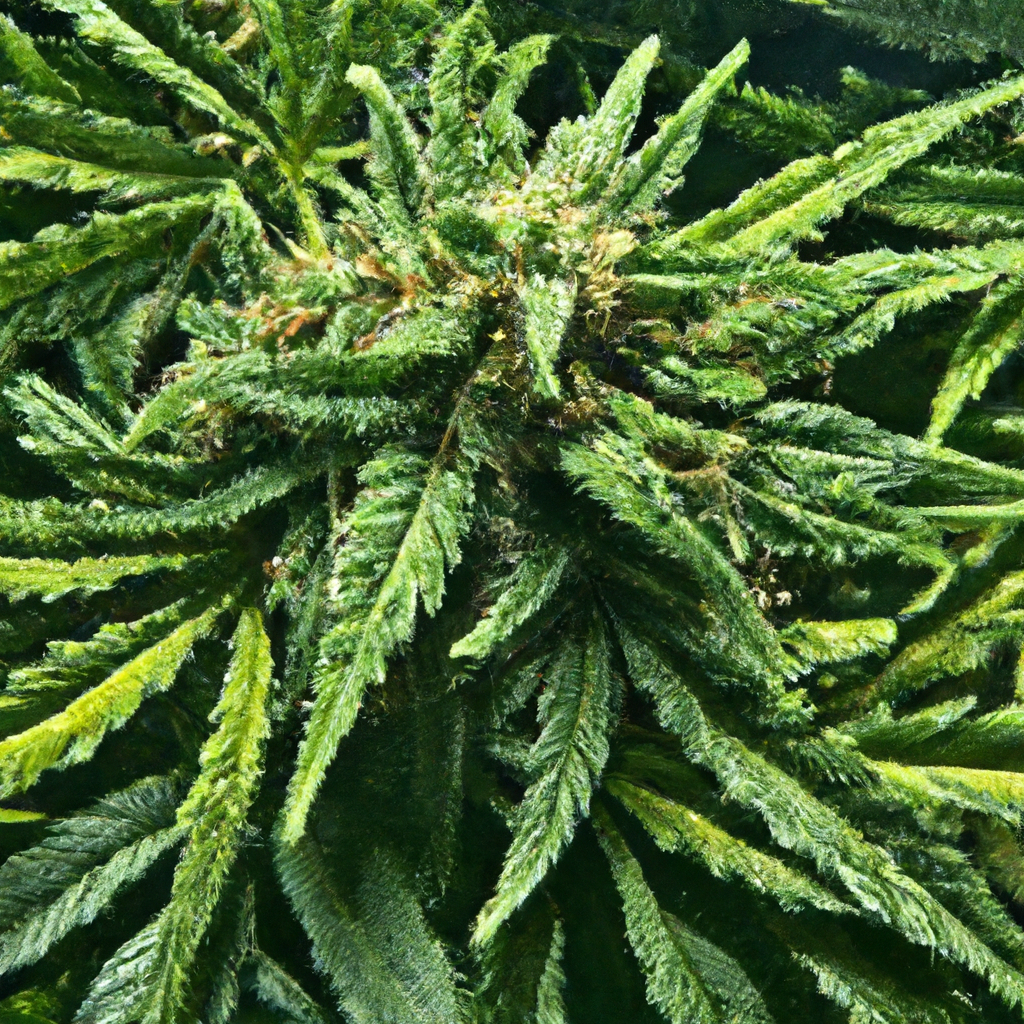
Growing cannabis presents unique challenges, with pest control being a significant concern for cultivators. This article delves into advanced techniques for effective pest management, starting with identifying common pests like spider mites, aphids, and caterpillars. Utilizing Integrated Pest Management (IPM), it highlights monitoring, establishing action thresholds, and choosing appropriate control methods. The piece also advocates…
